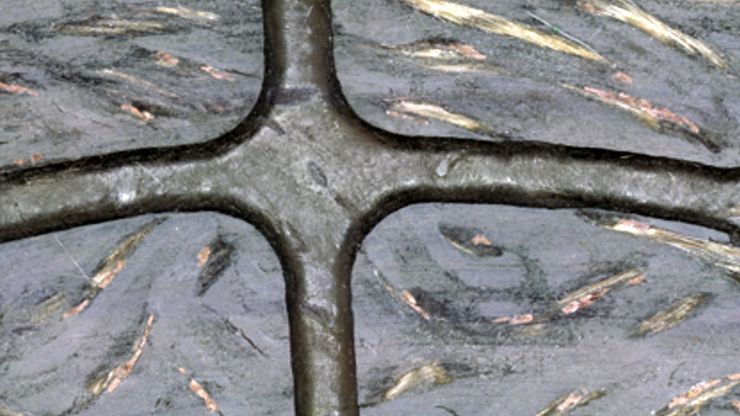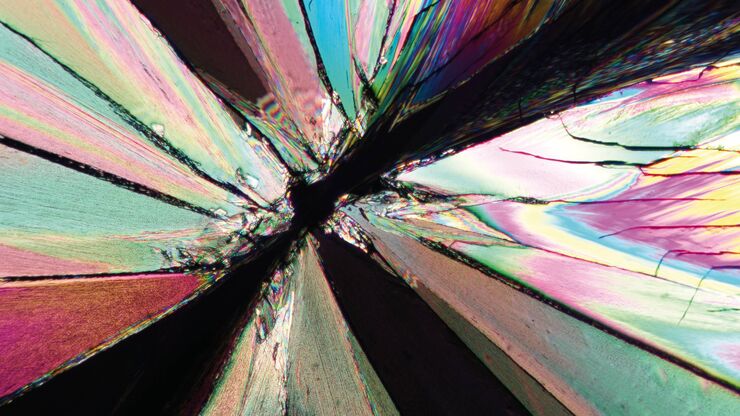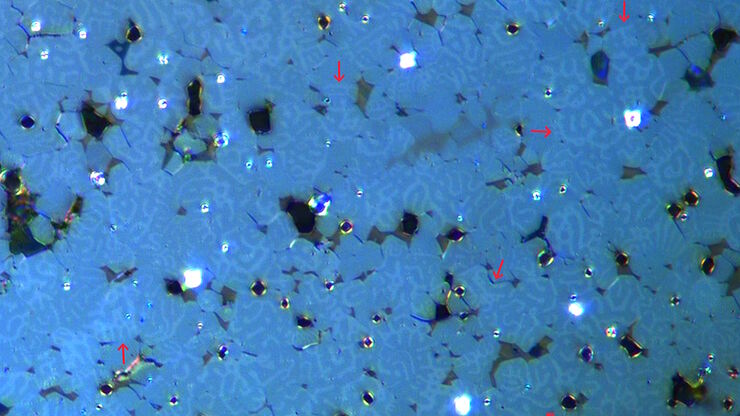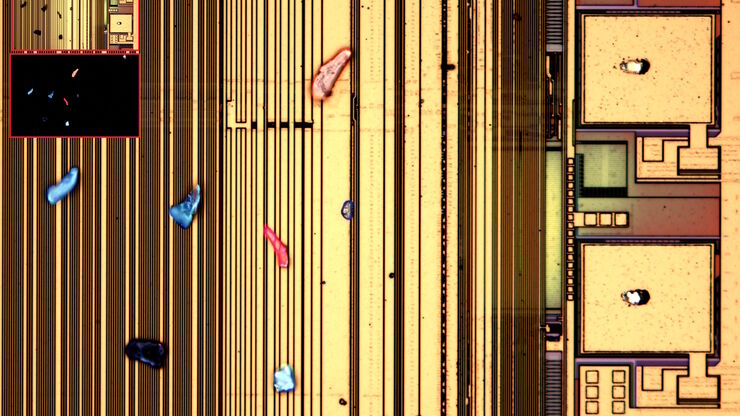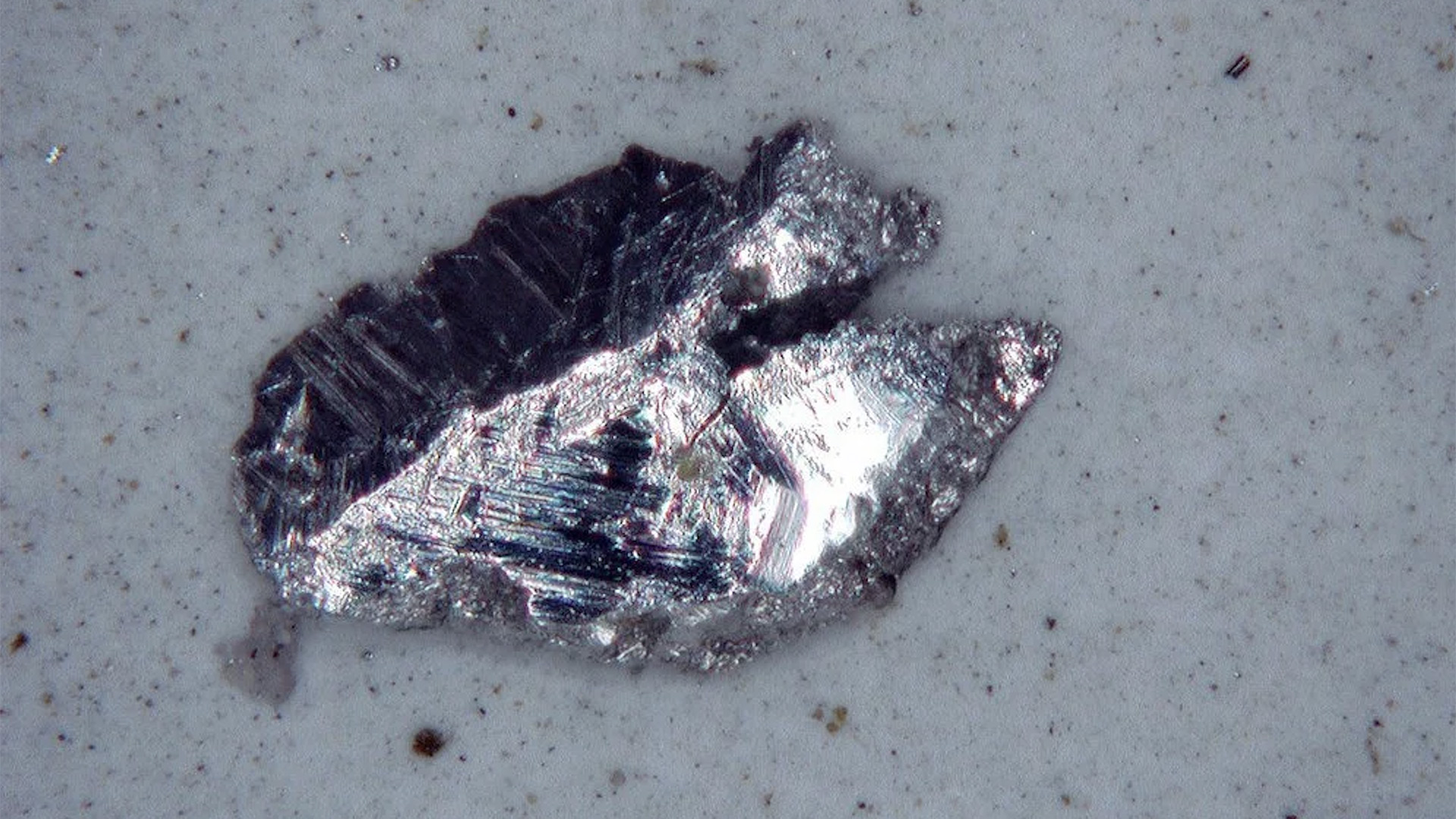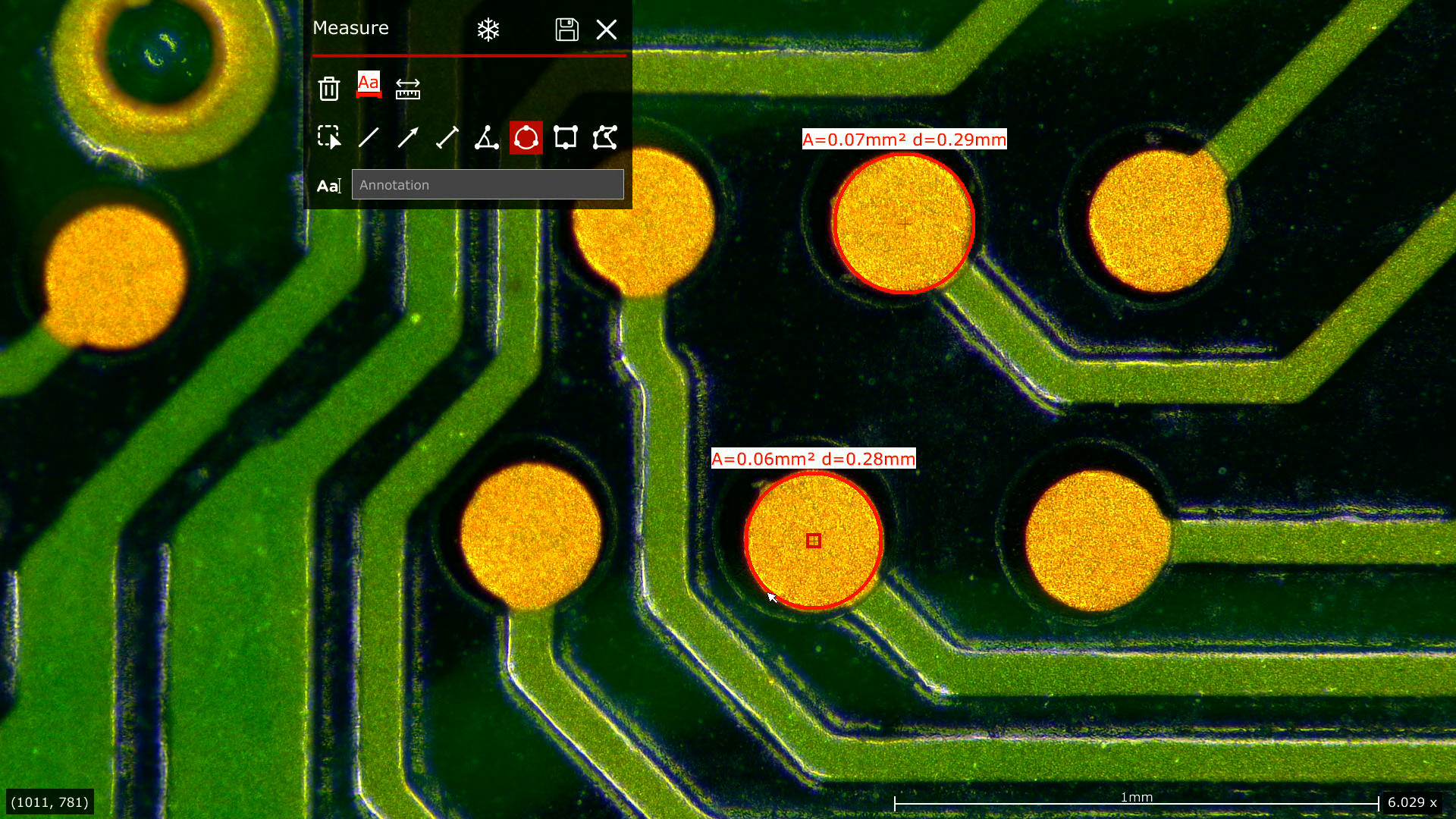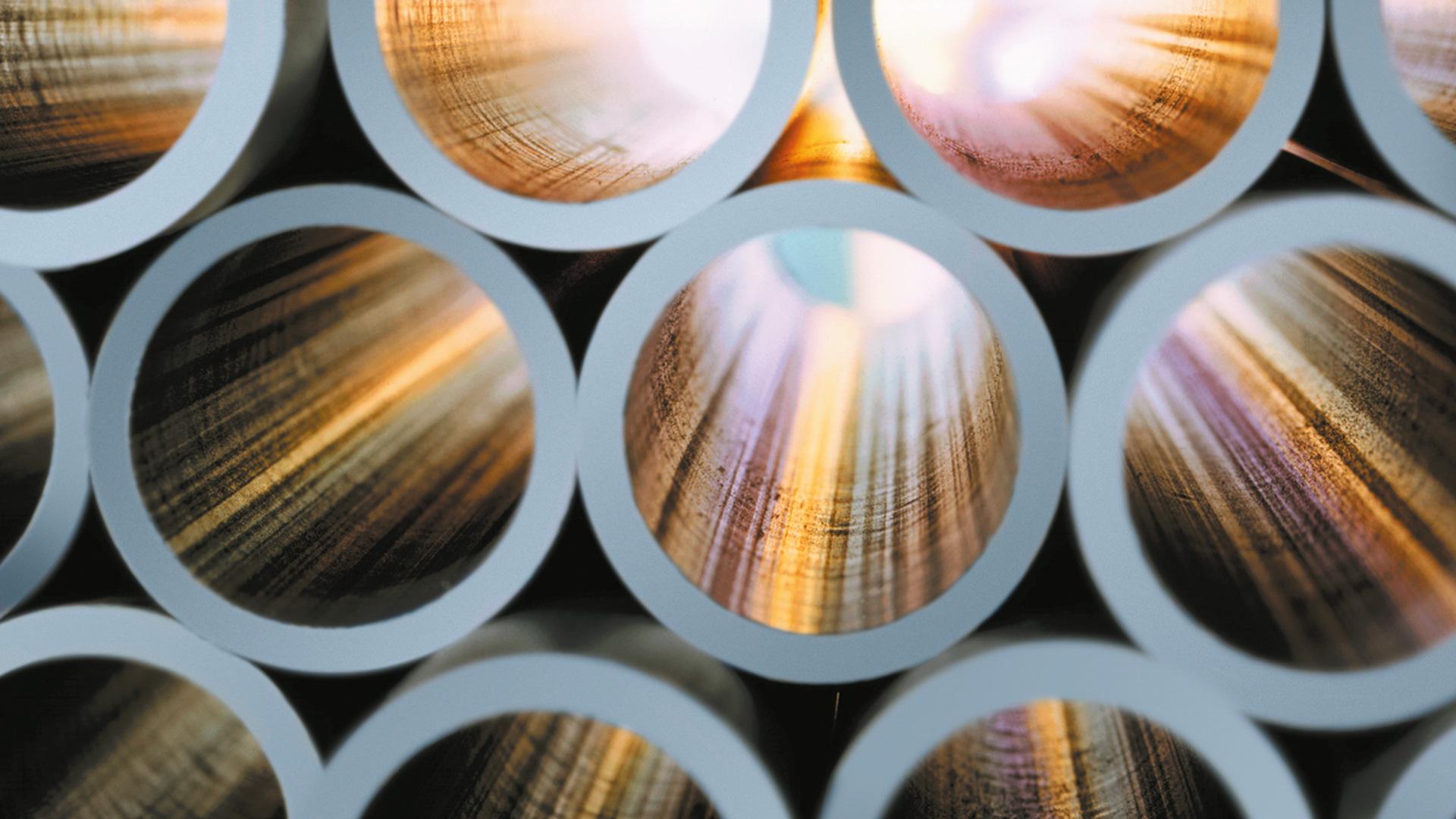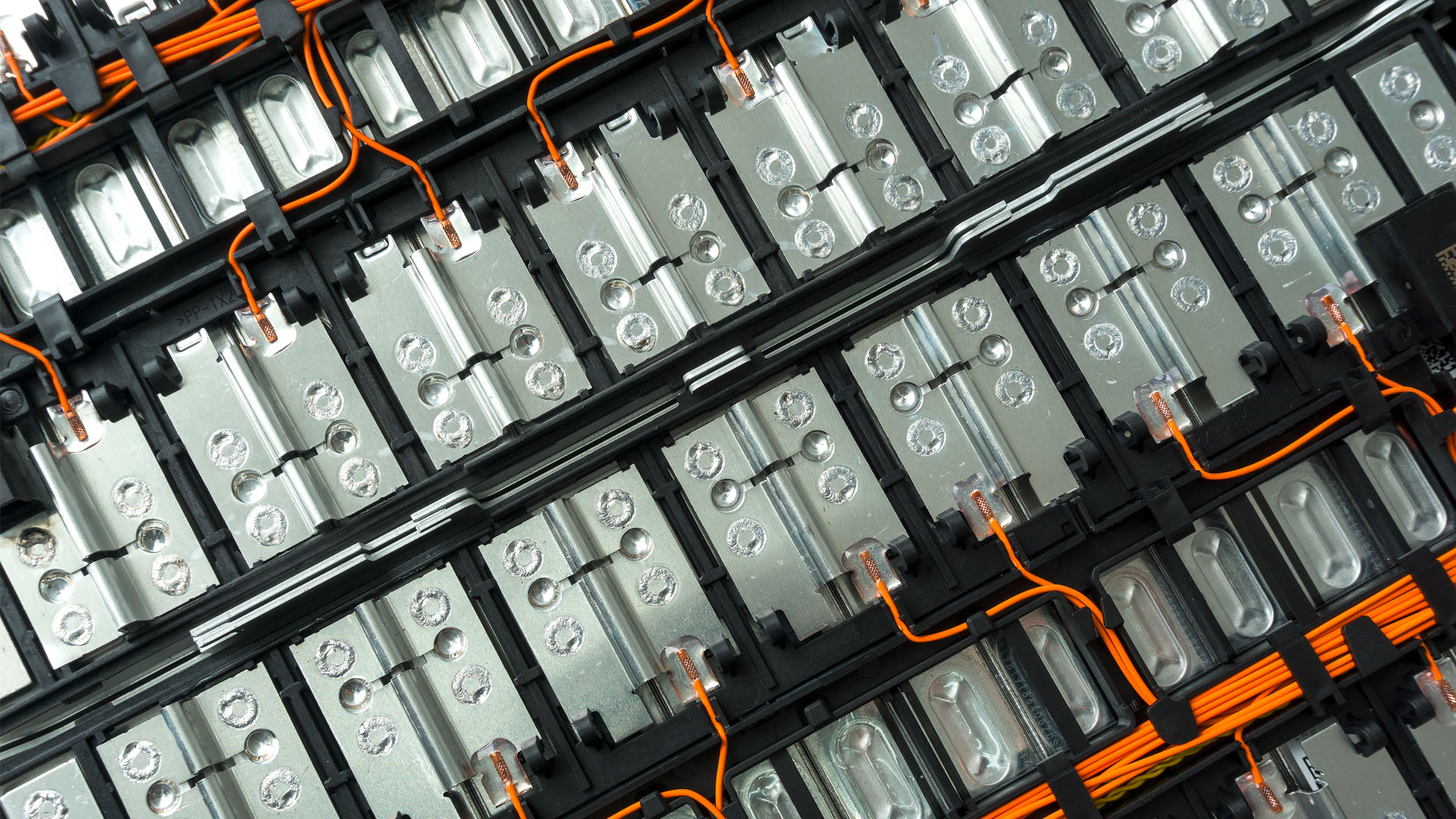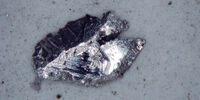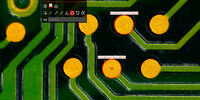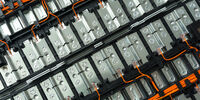Industrial Applications
Microscopes can be used in industrial applications, such as the inspection of parts and components, rework and assembly, quality assurance / quality control, failure analysis, and research and development. Specific applications include technical cleanliness, steel quality rating, and metallography / metallurgy. These applications are commonly needed in a number of industrial sectors, like automotive and transportation, machine manufacturing, electronics and semiconductors, metal alloys, and medical devices.
Please contact us if you would like to have personal expert advice on our microscopy solutions.
Select your field of application
There are a wide range of Leica microscope solutions for industrial applications, helping you with tasks like:
Production and Quality Assurance & Control (QA/QC):
Inspection: Efficiently and reliably analyze, make pass / fail decisions, and document results while inspecting parts and components
Rework & Assembly: Work confidently with components under the microscope, having a 3D perspective, to increase productivity and optimize quality
Failure Analysis (FA):
Quickly find and minimize the root causes of decreased performance and lifetime of components, reducing the overall risk of product failure
Research & Development (R&D):
Effectively manage innovative development and testing to achieve quality and productivity requirements


